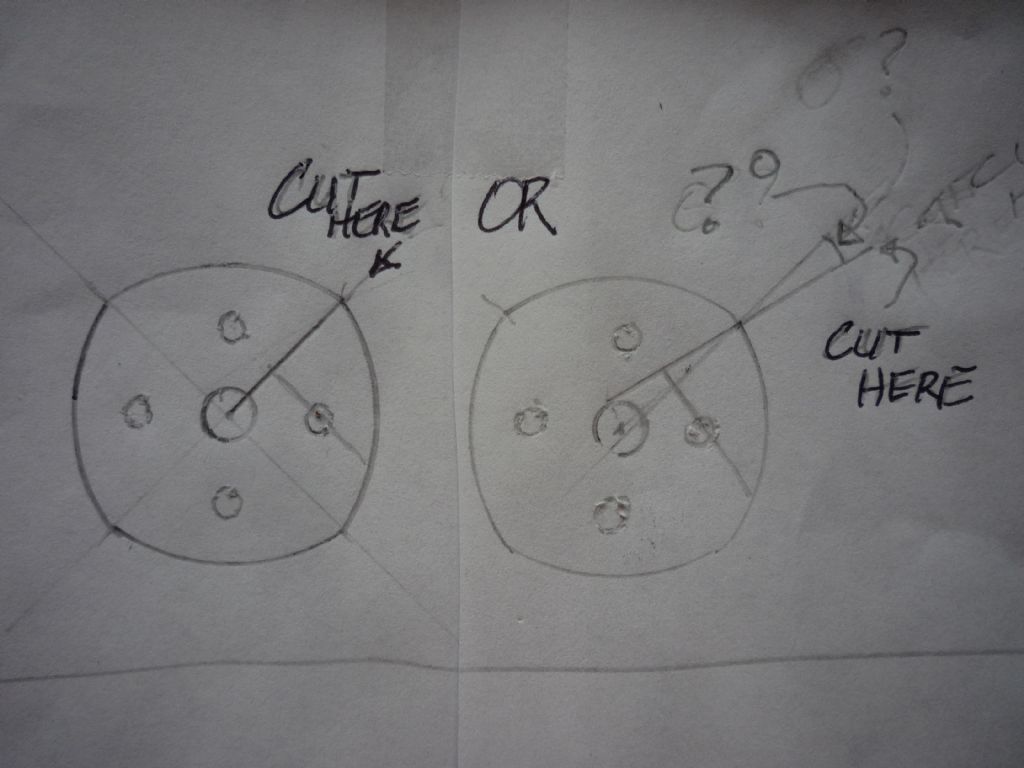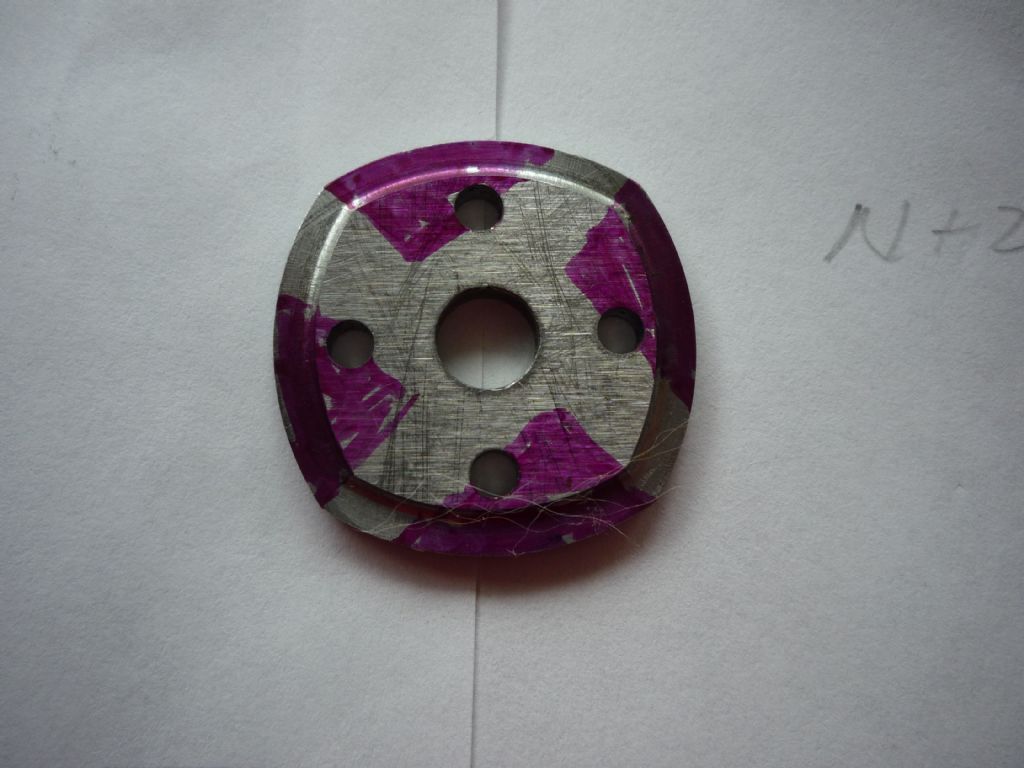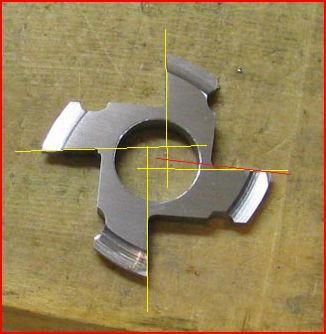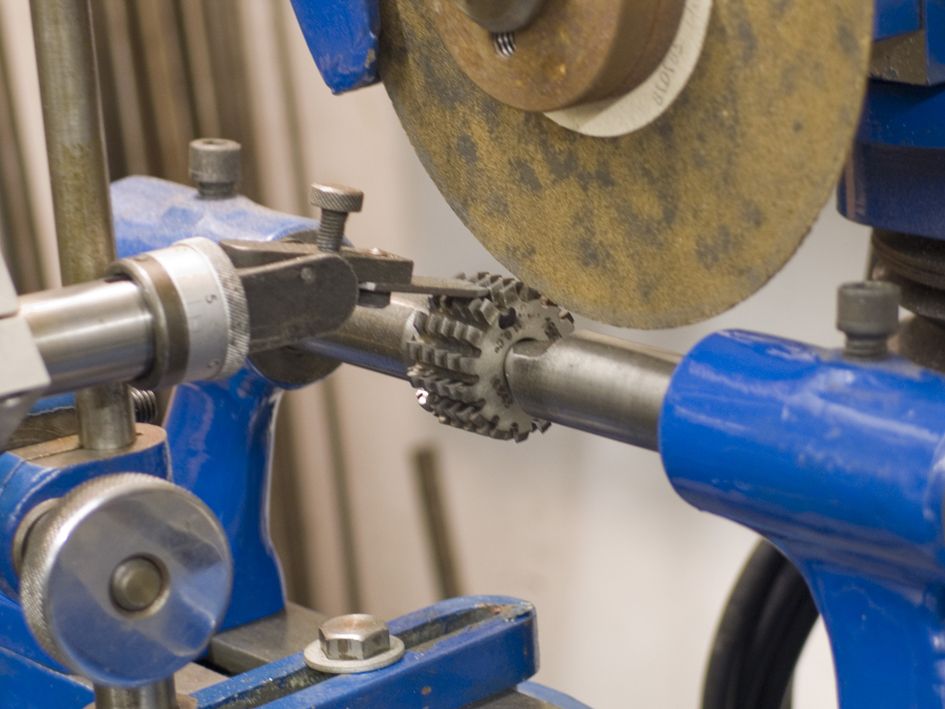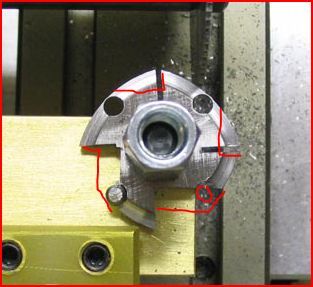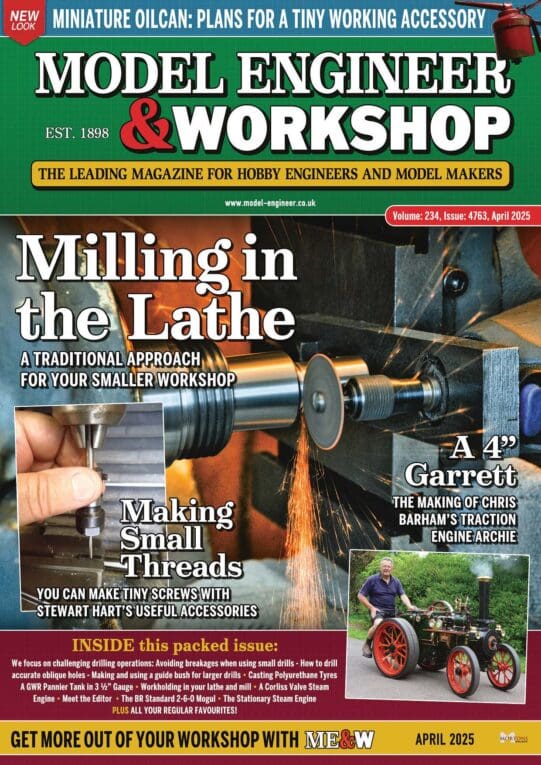Making some multi-tooth wheel cutters
Making some multi-tooth wheel cutters
- This topic has 15 replies, 9 voices, and was last updated 15 July 2016 at 07:52 by
 Michael Gilligan.
Michael Gilligan.
Viewing 16 posts - 1 through 16 (of 16 total)
Viewing 16 posts - 1 through 16 (of 16 total)
- Please log in to reply to this topic. Registering is free and easy using the links on the menu at the top of this page.
Latest Replies
Viewing 25 topics - 1 through 25 (of 25 total)
-
- Topic
- Voices
- Last Post
Viewing 25 topics - 1 through 25 (of 25 total)
Latest Issue
Newsletter Sign-up
Latest Replies
- Elliott Omnimill Quill Clamp
- Steam pressure using thermistor
- Myford Super 7 restoration problem.
- Problem getting the right parameters on a VFD
- Tangential tooling
- James Coombes Drawing Error (or mine?)
- Morse Key
- Chester DB10LB Lathe – Not starting
- Supply company catalogues
- Measuring increments on boring head


